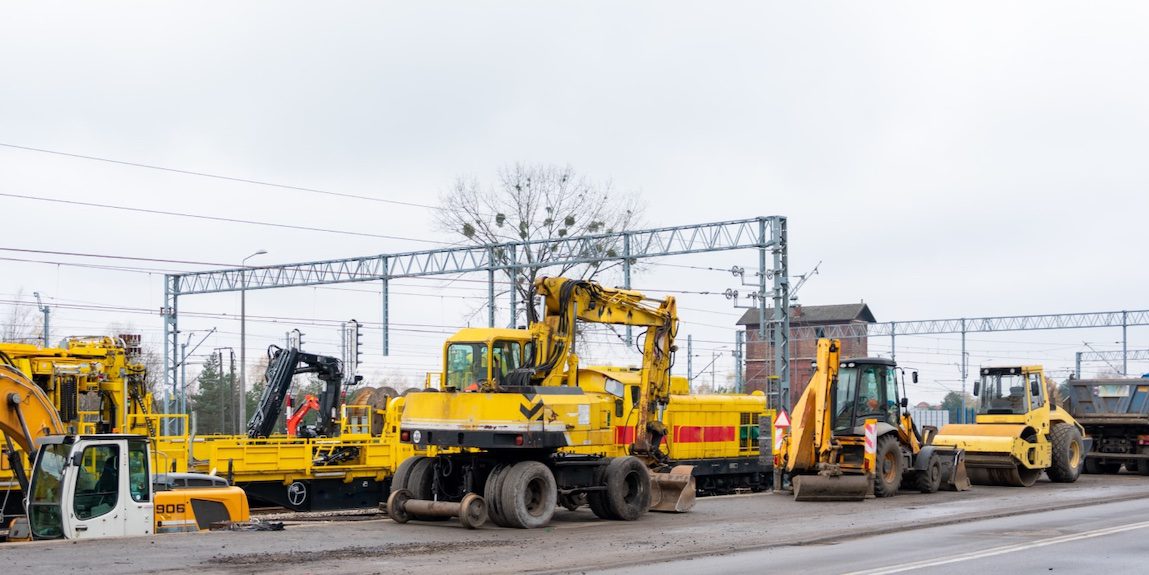

Asset maintenance management is a critical piece of any organization’s overall operations. By failing to maintain assets properly, an organization risks losing productivity, incurring safety hazards, and spending more money in the long run.
That is why it is important for organizations to have a well-defined asset maintenance management strategy in place. This plan should include protocols for identifying and assessing assets, developing and prioritizing maintenance tasks, and tracking performance over time.
One of the most important – but often overlooked – aspects of any business is asset maintenance management. Asset maintenance management can be divided into two categories: preventive maintenance and reactive maintenance.
Asset maintenance management is an essential part of running a business and should be given the attention it deserves. Book a demo here.
An asset maintenance management strategy (AMMS) and an asset management strategy are different. An AMMS is a crucial piece of an organization’s overall success, as it helps manage your physical assets and their lifecycles. On the other hand, asset management includes all aspects of an asset’s life, from research and purchasing to disposal.
Asset maintenance management is important for understanding and controlling the costs of maintaining your assets. An asset maintenance management strategy (AMMS) is a key part of an overall asset management strategy.
The main goal of an asset maintenance strategy is to prolong the life of vital company assets and reduce the likelihood of unplanned outages, which can cause serious disruptions to business operations. Several key steps can be taken to create and implement an effective asset maintenance strategy. By following these steps, you can ensure that your vital assets are well-maintained and running smoothly.
An effective asset maintenance strategy is key to increasing asset performance and minimizing costly downtime. There are a number of factors to consider when creating an asset maintenance plan, including:
By taking these steps, you can develop a comprehensive asset maintenance strategy that will help you keep your business up and running while reducing maintenance costs.
There are multiple advantages to using asset maintenance software to give you an overview of your fleet. GPS location technology can help improve predictive maintenance schedules. Plus, understanding asset utilization and eliminating downtime offers a substantial advantage over competitors who have not yet adopted telematics. You can see our service here.
Combining telematics with fleet- and asset-tracking software can improve efficiency and increase the value of your vehicles and other construction equipment fleetwide. Have questions? Contact us!

